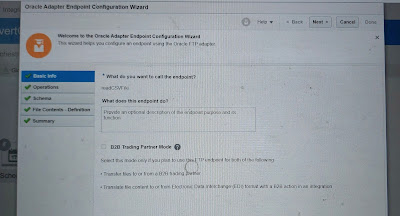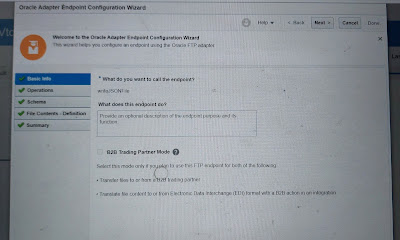Usecase: API Gateway to route to a function and then test it from POSTMAN.
Highlevel:
- Create a hello world java function in OCI.
- Create an API Gateway and route it to the function.
- Add policy to access to the compartment.
- Test the API gateway rest service from postman.
Detailed steps:
Step1: Create a java hello-world function
Navigation >> developer services >> Fuctions >> Applications
Follow my below blog : how to create a function:
Here, I have already created the function.
Step2: create an API gateway and route to function as deployment.
Follow my below blog: How to create API gateway and route.
Navigation >> Developer Services >> API Management >> Gateways
I have already created couple of API gatways already. We will use one gateway and add anothet route.
Choose compartment >> click on one gateway
Deployment >> demo-api >>edit
Add path: /hello-java, method: POST, Gateway type: Oracle function,
Choose compartment >> function app name >> function name >> save
Function route added >> copy the endpoint for testing.
Step3: add a policy to the compartment so that any user can access.
Navigation >> Identity & Security >> Policies >> Create policy.
Here, I have already added the policy.
Policy details:
Allow any-user to use functions-family in compartment dev where ALL { request.principal.type='ApiGateway',request.resource.compartment.id='ocid1.compartment.oc1..aaaaaa.....'}
How to get the compartment id:
Navigation >> Identity & Security >> Compartments >> open your compartment and see the OCID >> just copy it and use it in the Policy.
We are ready now for testing:
Step4: Test Api gateway from postman
Postman >>
Method: post
Test URL : <endpoint of the deployement>/<route path>
Authorization >> basic >> add user and password for OCI console.
Raw >> test >> input: Sanddy >> output : Hello, Sanddy !
Note: if we dont add the policy to the compartment where function resides, it will fail with 500 Internal server error.
































































